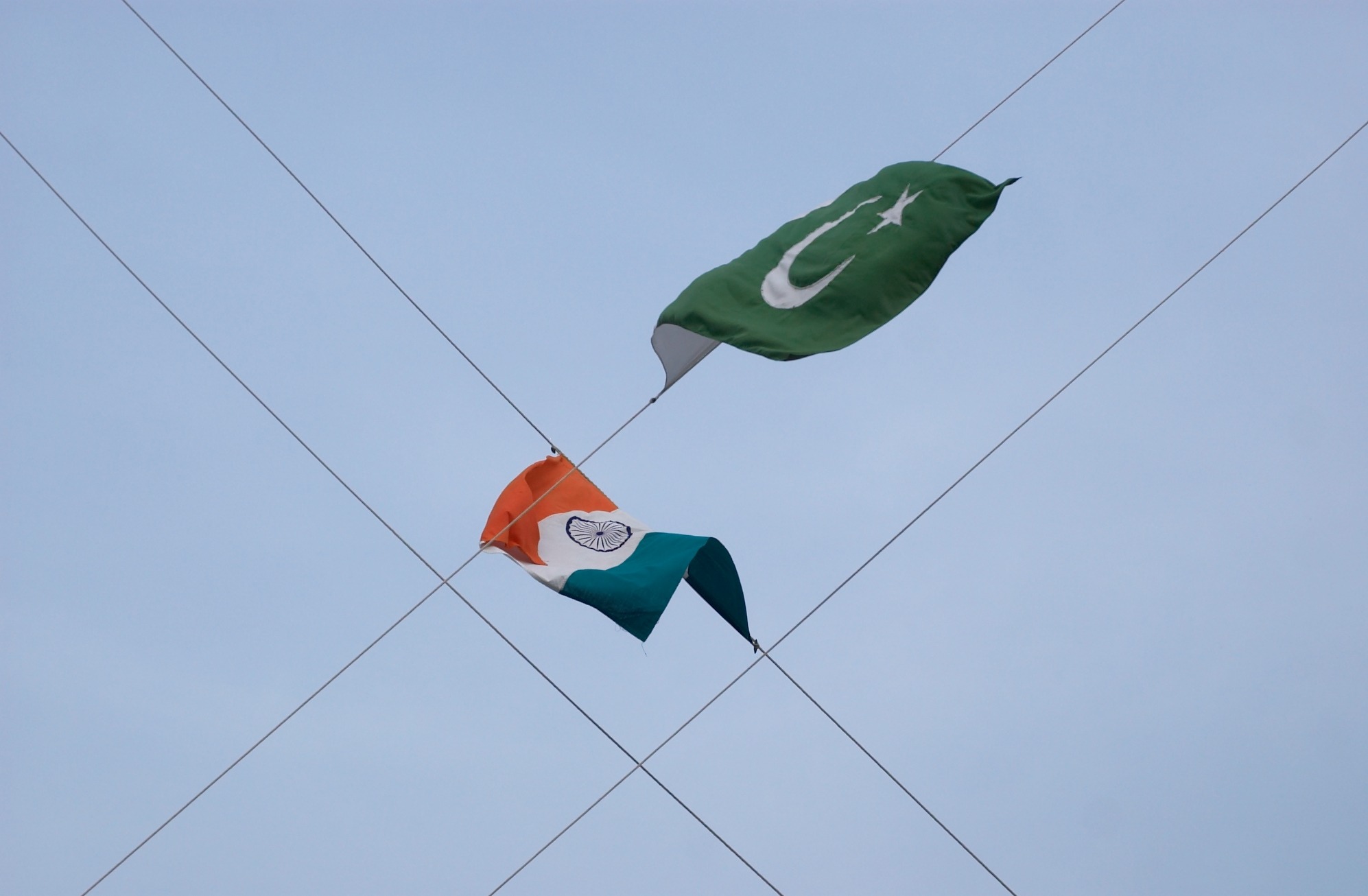Through the Sands of Time: The Enduring Legacy of the India-Pakistan Non-Attack Agreement
STANLEY CENTER FOR PEACE AND SECURITY
APLN member Rabia Akhtar co-wrote a paper with Ruhee Neog for the Stanley Center for Peace and Security. They evaluated the enduring legacy of the 1988 Non-Attack Agreement between India and Pakistan and considered the bilateral drivers of confidence building as they relate to the international legal and geopolitical environment.
This paper is an evaluation of the Agreement on the Prohibition of Attack against Nuclear Installations and Facilities between the Republic of India and the Islamic Republic of Pakistan, informally called the Non-Attack Agreement. The authors consider bilateral drivers of confidence building, specifically as they relate to the Non-Attack Agreement, and its potentially symbiotic relationship with the prevailing international legal and geopolitical environment. In its final section, the paper assesses how this confidence-building measure has held up in the 33 years since it entered into force.
Each January, India and Pakistan diligently exchange the coordinates of at least a set of their nuclear facilities. They have done so for more than three decades—even in times of crises or in the absence of official communication channels. The two countries exchange this information as a commitment under the 1988 Agreement between India and Pakistan on the Prohibition of Attack against Nuclear Installations and Facilities. This agreement, informally known as the Non-Attack Agreement (NAA), is the only instrument between the two countries that has been unfailingly implemented. It is the longest-lasting confidence-building measure observed in South Asia. Historically, the global nuclear policy discourse has rarely invoked the agreement’s existence or acknowledged its relevance to broader practices of risk reduction and nuclear safety.
In February 2022, Russian forces attacked the Zaporizhzhia Nuclear Power Plant (ZNPP) in Ukraine. It was the first time in history that an operational nuclear power plant was directly targeted in a military operation.1 The situation put new urgency behind proposals to ensure the safety and security of nuclear facilities during armed conflict.2 In this context, the NAA merits closer examination—both to evaluate its efficacy for risk reduction between India and Pakistan and to assess the agreement as a template for wider emulation.
The factors that generated interest and opportunity for India and Pakistan to engage in positive reinforcement are in fact more consequential than the text of the agreement, given that international law also provides, albeit heavily caveated, for the protection of nuclear facilities during war. Against that background, this paper engages with two questions: Why has the NAA stood the test of time? How can it serve as an example for the future of global arms control in conflict regions?
The original article can be accessed here.
Image: Wikimedia Commons

